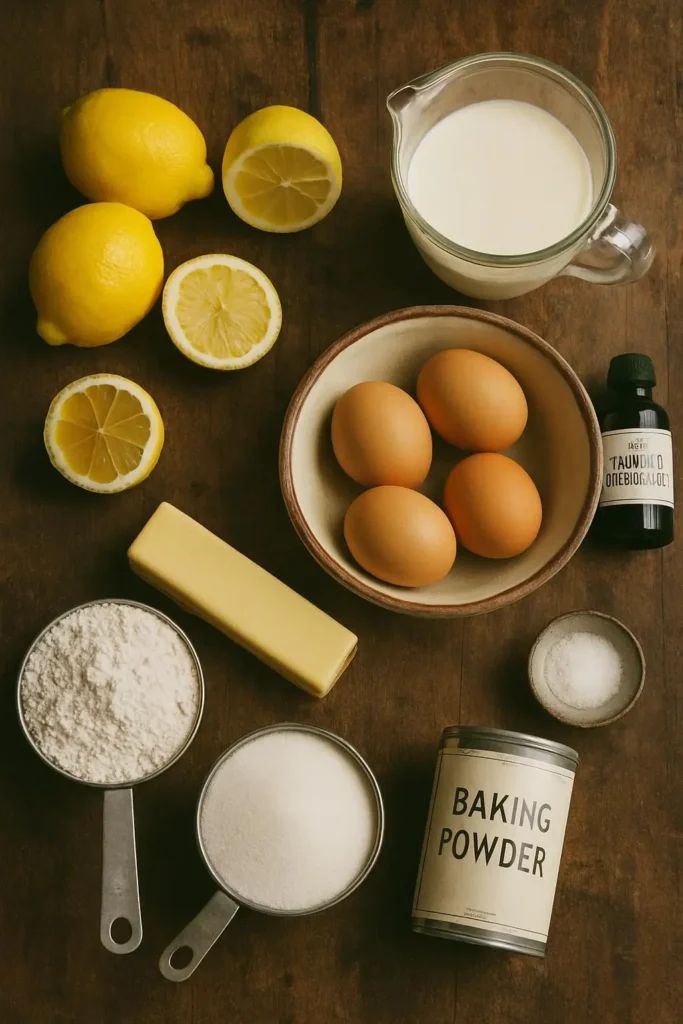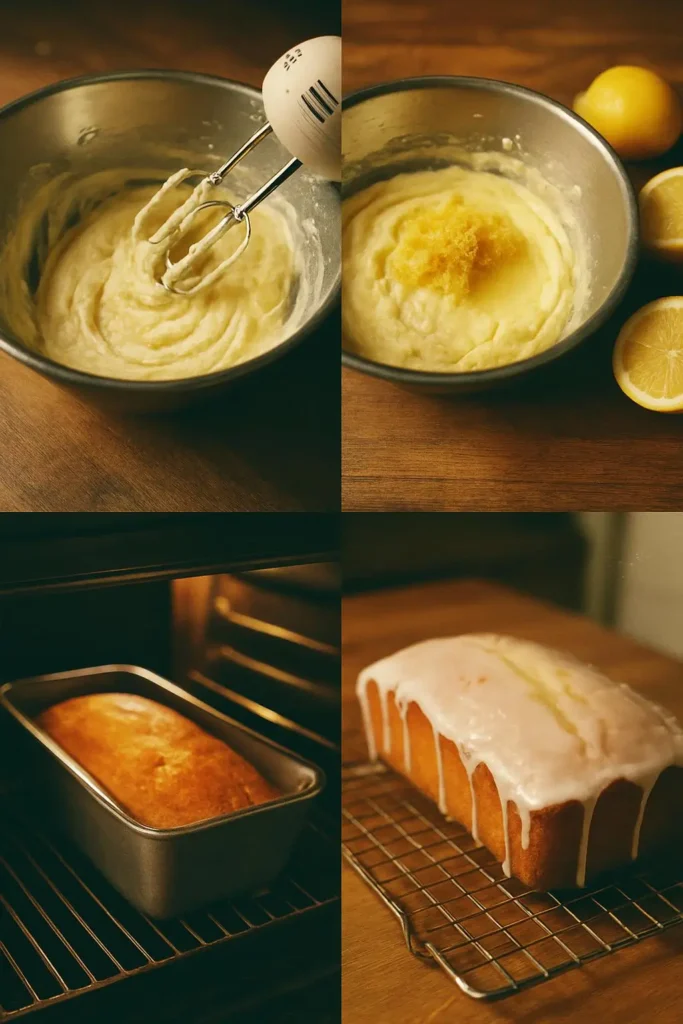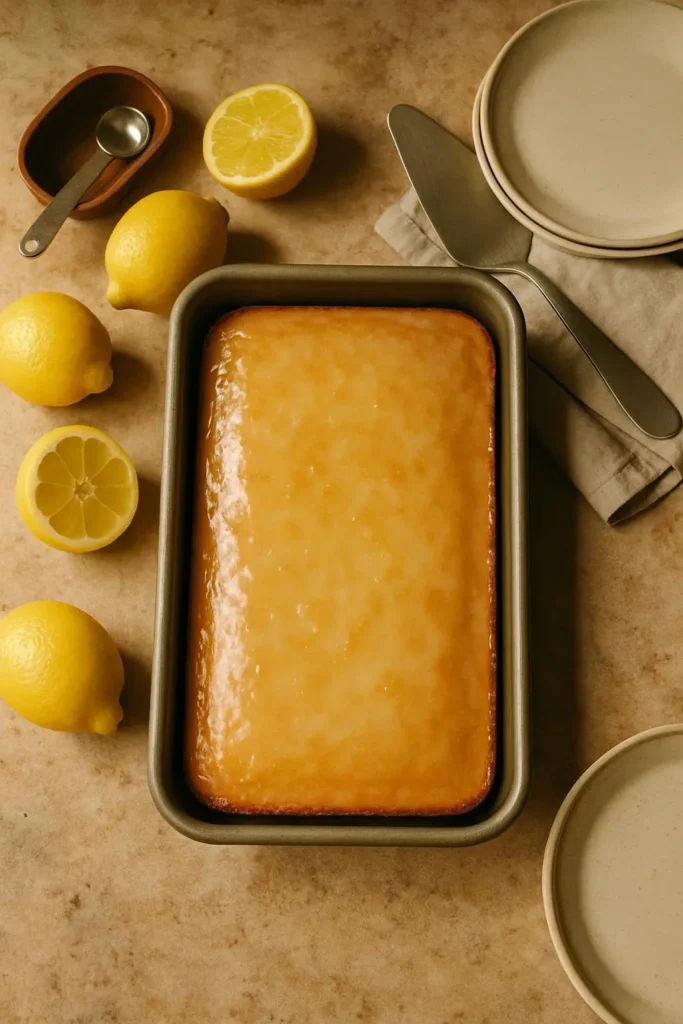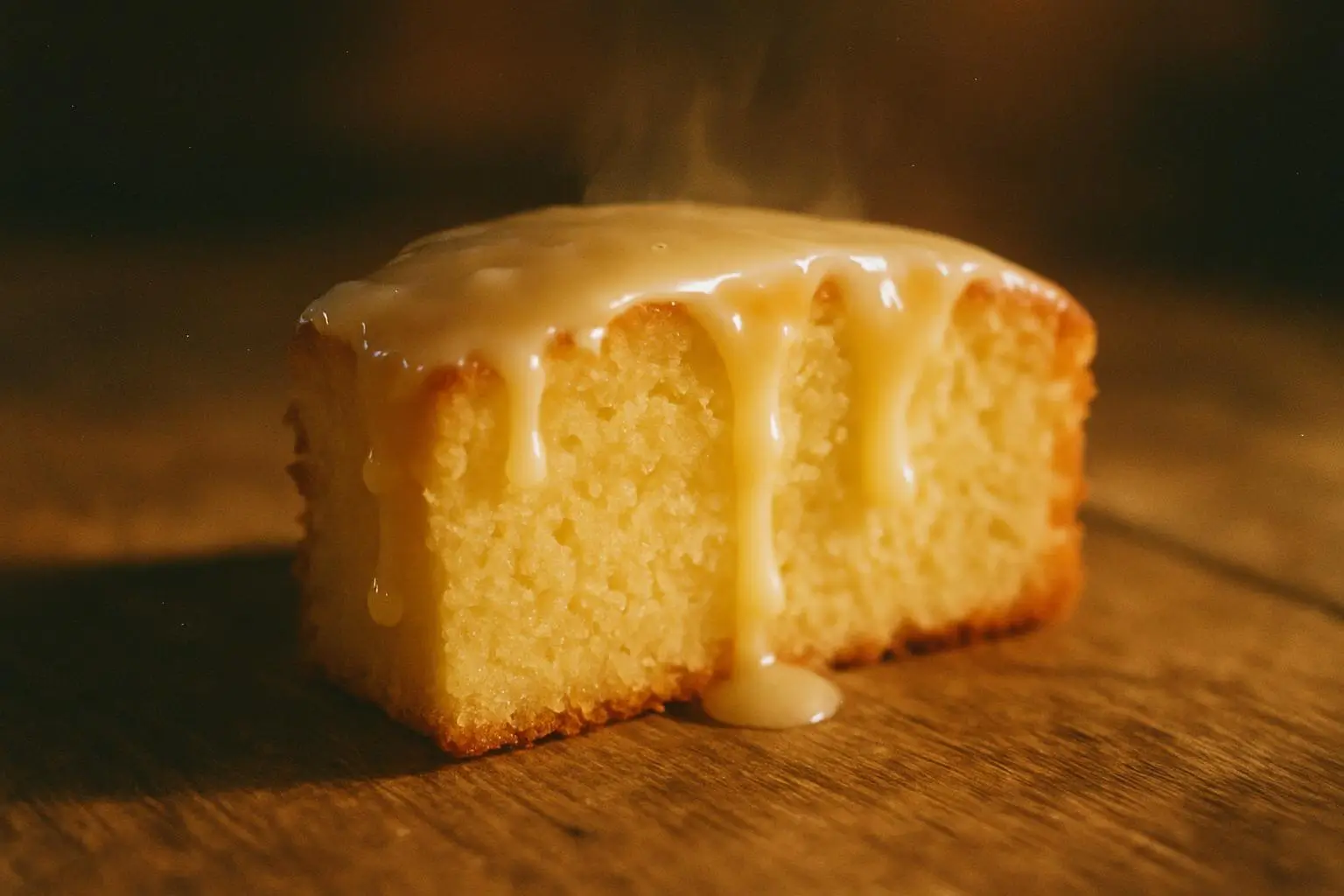The Best Homemade Lemon Cake Recipe (Moist, Tangy, and Perfect Every Time)
There’s something magical about the smell of lemon cake baking in the oven. Last Sunday, I was having one of those weekends where nothing seemed to go right – you know the kind? But then I decided to make this lemon cake, and suddenly my whole kitchen smelled like sunshine and butter. My neighbor actually knocked on my door asking what I was making because the scent had drifted over to her yard.
I’ve been perfecting this homemade lemon cake recipe for about three years now, ever since I had a slice at my friend Sarah’s birthday party that completely blew me away. She refused to give me the recipe (said it was a family secret), so I went home determined to figure it out myself. After countless batches – some too dry, others way too sweet, and one memorable disaster that somehow turned purple – I finally nailed it.
This isn’t just any lemon cake. It’s the kind that’s impossibly moist, with that perfect balance of sweet and tart that makes your mouth water just thinking about it. The crumb is tender enough to melt on your tongue, but sturdy enough that it won’t fall apart when you’re trying to get that perfect Instagram shot.
Table of Contents
Why You’ll Love This Lemon Cake
First off, this lemon cake recipe uses both fresh lemon juice and lemon zest, which gives you layers of citrus flavor that those artificial lemon extracts just can’t match. I learned this the hard way after making a version with just bottled lemon juice – it tasted flat and fake, like those grocery store cakes covered in plastic wrap.
The texture is what really sets this apart though. I use a combination of butter and oil, which might sound weird, but trust me on this. The butter gives you that rich, bakery-style flavor, while the oil keeps everything incredibly moist. I discovered this trick after eating way too many dry homemade cakes at church potlucks.
Plus, this recipe is actually pretty forgiving. I’ve made it when I was rushing to get somewhere, when I forgot to bring my eggs to room temperature, and even that time I accidentally added an extra half cup of flour. It still turned out delicious every single time.
What You’ll Need

Here’s everything for your shopping list – and honestly, you probably have most of this stuff already:
For the Cake:
- 2½ cups all-purpose flour
- 2 cups granulated sugar
- ½ cup unsalted butter, softened
- ¼ cup vegetable oil
- 4 large eggs, room temperature
- 1 cup buttermilk
- ¼ cup fresh lemon juice (about 2 large lemons)
- 2 tablespoons lemon zest
- 2 teaspoons vanilla extract
- 2 teaspoons baking powder
- ½ teaspoon baking soda
- ½ teaspoon salt
For the Lemon Glaze:
- 1½ cups powdered sugar
- 3-4 tablespoons fresh lemon juice
- 1 tablespoon lemon zest
- Pinch of salt
A few notes on ingredients: Don’t skip the buttermilk – it’s what gives this cake that tender crumb and slight tang that balances the sweetness. If you don’t have buttermilk, you can make your own by adding a tablespoon of white vinegar to regular milk and letting it sit for five minutes. Also, please use fresh lemons. I know it’s tempting to grab that plastic lemon from the fridge, but fresh juice makes all the difference.
Let’s Make This Lemon Cake

Step 1: Get Your Oven Ready
Preheat your oven to 350°F and grease a 9×13 inch baking pan. I like to use butter and then dust it with a little flour – it prevents sticking better than just cooking spray. You could also use two 9-inch round pans if you want to make a layer cake, but honestly, I usually go with the rectangle because it’s easier and serves more people.
Step 2: Mix the Dry Ingredients
In a large bowl, whisk together your flour, baking powder, baking soda, and salt. Set this aside. This step seems boring, but it’s actually important – it ensures everything gets evenly distributed so you don’t end up with pockets of baking powder or salt.
Step 3: Cream the Butter and Sugar
In your mixer bowl, cream the softened butter and sugar until it’s light and fluffy – this takes about 3-4 minutes with an electric mixer. Don’t rush this step. I used to think creaming was just mixing things together, but proper creaming actually incorporates air into your batter, which helps create that perfect cake texture.
Add the oil and mix until combined. Then add your eggs one at a time, beating well after each addition. The mixture might look a little weird at this point – kind of lumpy and separated – but don’t panic. That’s totally normal.
Step 4: Add the Flavor
Mix in your vanilla extract, lemon juice, and lemon zest. The batter will smell incredible at this point. Sometimes I “accidentally” lick the spoon here because it’s just too good to resist.
Step 5: Alternate Wet and Dry
Here’s where technique matters. Add about a third of your flour mixture to the butter mixture and mix on low speed until just combined. Then add half the buttermilk and mix again. Continue alternating, ending with the flour mixture. Don’t overmix – as soon as you can’t see streaks of flour, stop mixing.
I learned this the hard way after making several tough, chewy cakes. Overmixing develops the gluten in the flour, which is great for bread but terrible for tender cake.
Step 6: Bake It
Pour the batter into your prepared pan and smooth the top with a spatula. Bake for 28-32 minutes, or until a toothpick inserted in the center comes out with just a few moist crumbs. Don’t overbake – the cake will continue cooking a bit as it cools.
Make That Perfect Glaze
While your cake is cooling, whisk together the powdered sugar, lemon juice, lemon zest, and salt for the glaze. Start with 3 tablespoons of lemon juice and add more if you want it thinner. I like mine thick enough to coat the back of a spoon but thin enough to drizzle nicely.
Pour the glaze over the completely cooled cake. This is important – if the cake is still warm, the glaze will just melt and disappear into the cake instead of creating that beautiful glossy coating on top.

Tips from My Kitchen
Room temperature ingredients matter: I used to ignore this and just throw cold eggs and buttermilk into the batter. The result was always a slightly dense cake because cold ingredients don’t mix as well. Now I take everything out about an hour before baking.
Don’t skip the zest: Lemon zest has oils that give you so much more flavor than just the juice. Use a microplane grater and only grate the yellow part – the white pith underneath is bitter.
Test for doneness properly: A toothpick should come out with a few moist crumbs, not completely clean. If it’s totally clean, your cake is probably already a little overbaked.
Serving and Storage Ideas
This lemon cake is perfect on its own, but I love serving it with fresh berries or a dollop of whipped cream. It’s also incredible with a scoop of vanilla ice cream for a simple but elegant dessert.
For storage, cover the cake tightly and keep it at room temperature for up to 3 days, or in the fridge for up to a week. The flavors actually get better after a day or two as everything melds together.
You can also freeze slices wrapped individually in plastic wrap for up to 3 months. Just thaw them at room temperature when you want a piece – perfect for those random Tuesday afternoons when you need something sweet.
This homemade lemon cake has become my go-to recipe for birthdays, potlucks, and those times when I just want to fill my house with the smell of something wonderful baking. It’s the kind of recipe that makes people ask for the recipe, and unlike my friend Sarah, I’m happy to share.

I’ve always found peace in the kitchen—it’s where I go to unwind, experiment, and reconnect. I started this blog because I wanted to share that feeling with others. My cooking journey started in a tiny apartment kitchen, with a second-hand skillet and a lot of trial and error.
Since then, I’ve learned that the best meals aren’t the most complicated—they’re the ones made with love (and maybe a little butter). Whether you’re a beginner or a kitchen pro, I hope you’ll feel right at home here.

